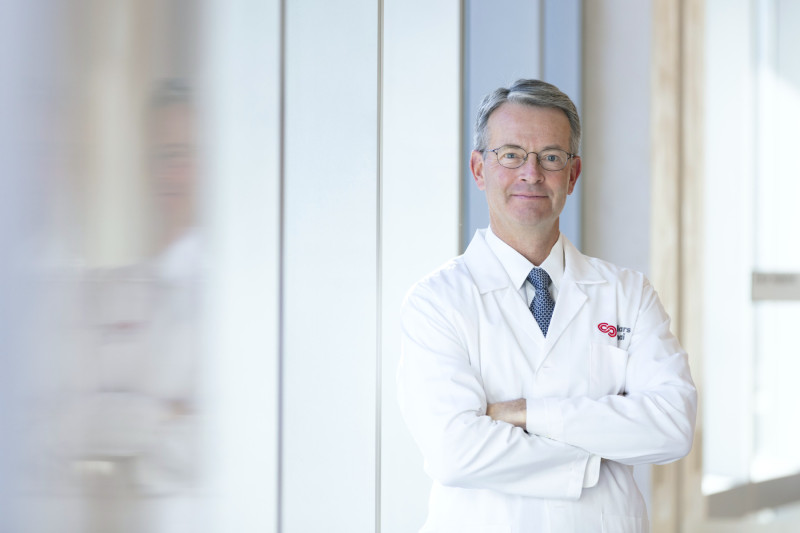When Grace was 12, her father, an orthopedic surgeon, gave her a hug and noticed that something wasn’t quite right.
“I remember my dad hugged me and was feeling my back and said, ‘you have scoliosis,’ I didn’t even know what that was,” said Grace. “I didn’t think it was a big deal, I thought I was fine and thought he was just being weird, but it turns out I had scoliosis.”
Grace, who grew up appearing in popular shows and movies like The Handmaid’s Tale, Young Sheldon, I, Tonya and Ghostbusters: Afterlife, began to notice her physical appearance gradually morphing into someone else.
By the time Grace turned 16, her scoliosis began to affect her work. For red carpet events, she would have her dresses altered so that one side was longer than the other to camouflage her scoliosis. On stage and in front of the cameras, Grace would stand as straight as she could, but by the end of the day, she would be tired and in pain.
“I had started to notice just how crooked I was standing and so were people around me,” said Grace. “I’d get in trouble on set all the time. They’d always be telling me, ‘Stand up straight,’ ‘Stop slouching,’ ‘Mckenna, you’re on your mark, but you’re all the way over here,’ ‘We need you to stand up,’ and so on.”
As Grace’s quality of life declined, her parents could not watch their daughter in pain and knew that if her career was to continue, surgical intervention would need to be considered. Grace’s father heard of the right surgeon for the job: David Skaggs, MD, director of Pediatric Spine and Pediatric Orthopaedics at Cedars-Sinai Guerin Children’s.
When Grace met with Skaggs, her spine was at a 50-degree curve.
“What was unique about Mckenna is that her waist really looked asymmetrical, the layperson could see from across the room that something was going on,” said Skaggs. “When she bent forward she had a big hump on her back and she was becoming increasingly aware of it.”
With her rapidly deteriorating spine, Skaggs agreed that spinal surgery was the best option. The catch—she would need to heal and recover ahead of filming for the second Ghostbusters film.
“She asked me, ‘is there any way I could have surgery and carry a 40-pound pack?’ I said, Of course you can. We’ll get you back to filming.”
Skaggs and his multidisciplinary team got to work and performed spinal surgery, inserting metal rods, also known as spinal instrumentation, and screws across six vertebrates to straighten her spine.
“The reason we have surgery and care for these kids is so they can return to a normal life,” said Skaggs. “Now when we look at Mckenna, you can almost not tell that she ever had scoliosis or surgery. Mckenna’s body looks perfectly symmetrical and she’s over an inch-and-a-half taller.”
Following her successful surgery Grace took to social media to share her journey and encourage others.
“Mckenna was a rockstar,” said Elaine Butterworth, RN, pediatric nurse navigator and the director of Patient Experience and Education for the Pediatric Spine Program. “I remember her videotaping herself getting out of bed for the first time, when she was at her most vulnerable time and she not only recorded it but later posted it to help other kids.”
Back in the spotlight, Grace was standing tall and straight—just in time to walk the Ghostbusters carpet.
Read more on the Cedars-Sinai Blog: Supporting the Spine From Adolescence to Adulthood.


